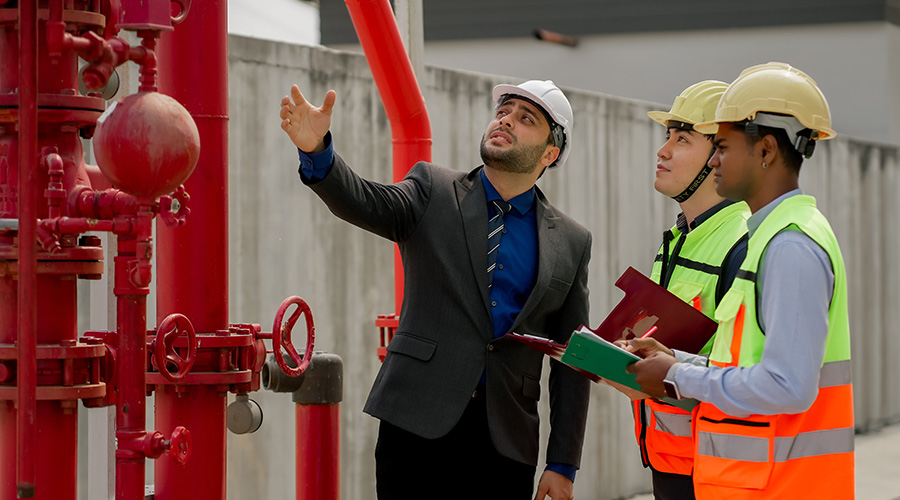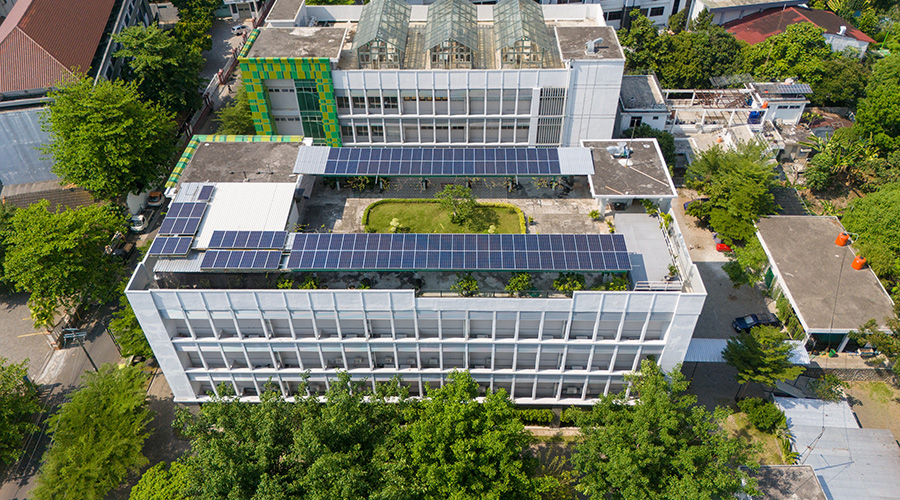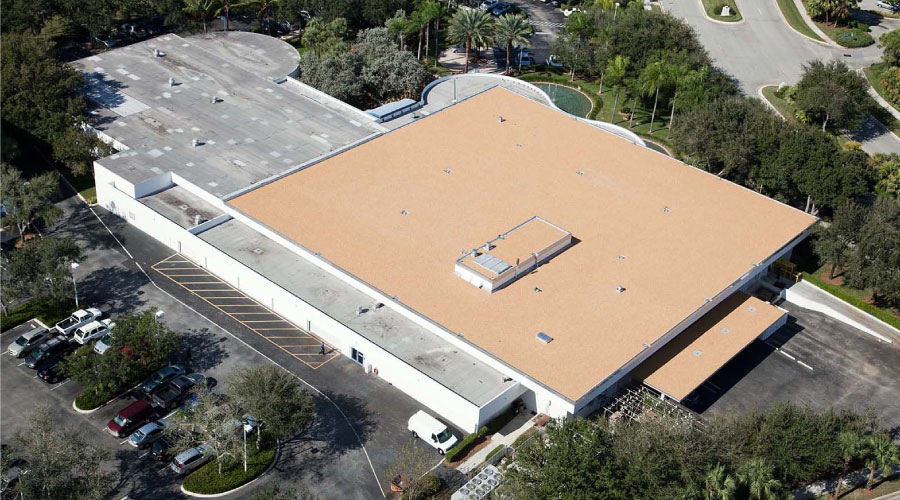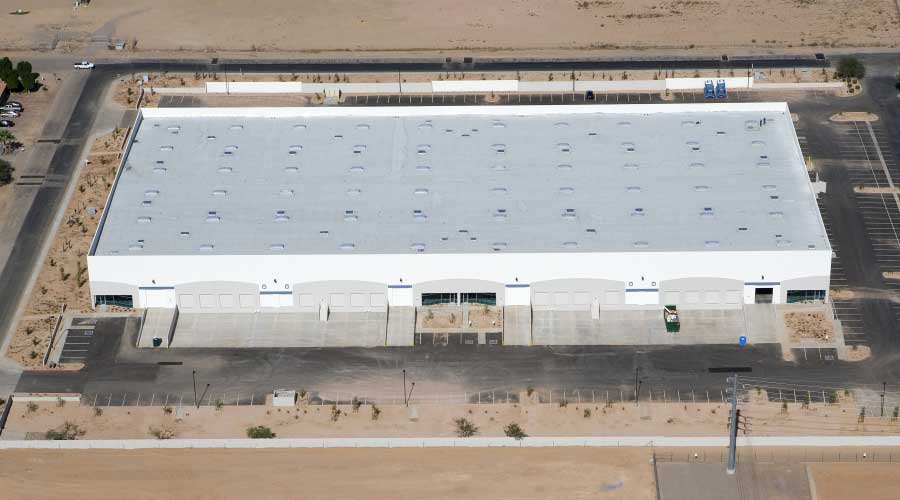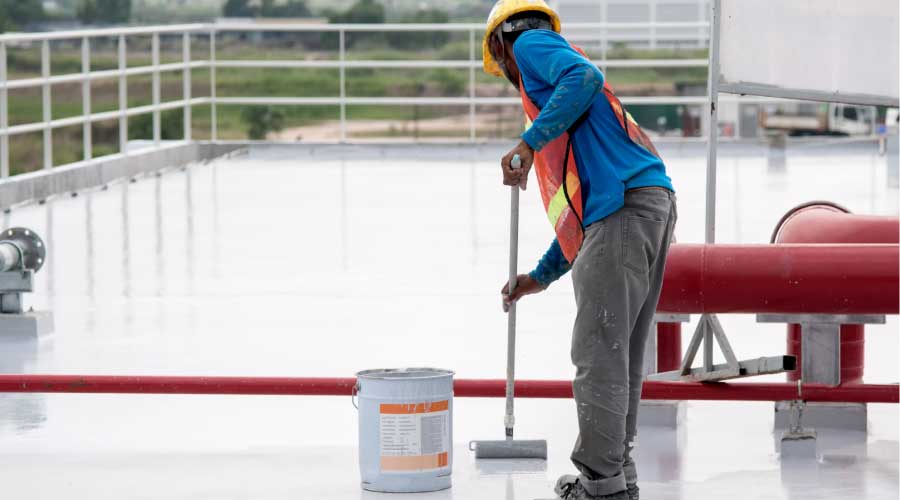Green Roof Types For Particular Buildings
What are the most common types of green roofs? Are there particular green roofs that work better for certain building types?
There is a large array of different types of green roof systems in the marketplace each with its own advantages and disadvantages. Much of our technologies for green roof evolve from the Germans, who have a longer history of installing and setting standards for green roofs. There are three primary categories for green roofs, which include extensive, intensive and semi-intensive. Extensive green roofs are less than six inches of growing media and are the most lightweight, making them adaptable for installing of existing buildings with limited structural capacity. Because of the narrow profile they have a very limited palette of plant material that can thrive on these conditions. Plants that normally occur in harsh environments like deserts or rocky alpine meadows are typically used on extensive roofs.
Intensive green roofs have over 6 inches of growing media and can be as much as 48 inches deep. This deeper profile adds loading weight but allows a very wide range of plants to be considered. Due to the structural requirements intensive green roofs are typically associated with new construction; although there are cases where older parking structures or warehouses still have structural capacity to be considered for intensive green roofs. Along with the deeper profile come additional stormwater retention and energy conservation benefits. Since many green roofs are a mix of many conditions there is the semi-intensive category that is defined that 25 percent of the green roof is 6 inches or more in soil profile (intensive) and the remainder 75 percent is less than 6 inches (extensive). I know it tends to make things complicated.
To make things a little more complicated each of the three categories of green roofs can be either modular or built-up systems. Modular systems are assembled and vegetated off site. They are placed on the roof in trays or modules providing a finished appearance upon installation. Built-up systems are exactly as they sound, they are installed in place by assembling one layer at a time until the entire system is “built-up." Plants in built-up systems are typically installed and grown in on site to achieve coverage.
Answers provided by Jeffrey L. Bruce, FASLA, LEED, ASIC, GRP. Bruce is owner of Jeffrey L. Bruce & Company (JBC) a national landscape architectural firm. Founded 1986, JBC provides highly specialized technical support to many of the nation’s leading Architectural and Landscape Architectural firms on a wide variety of project profiles including engineered soils, green roof technologies, urban agronomy, green infrastructure, performance sports turf, water harvesting, and irrigation engineering. Bruce is a Fellow of the American Society of Landscape Architects, Past President of the American Society of Irrigation Consultants (ASIC), and Chairman of Green Roofs for Healthy Cities (GRHC).
Related Topics:







